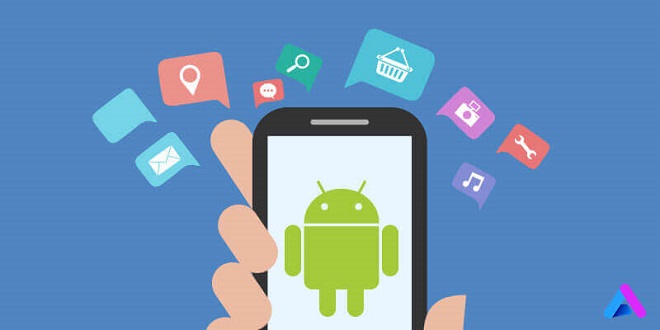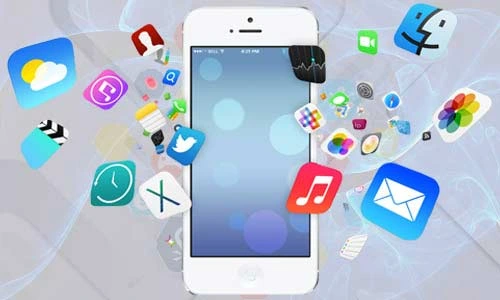Tips to Jumpstart iOS App Development With an Android Background

There are currently 2.5 billion Android smartphones on the market, while 1.4 billion iOS devices remain active. You cannot ignore the fact that you are losing customers because you only have one platform.
When you move to iOS app development, there may be obstacles. Lack of time, money and difficulty in execution are all possible causes of a shortage.
Another way to say it is that you can get overwhelmed by new abilities. It will also be great news for your professional growth.
This increases your credibility and will help you gain more customers. Businesses should consider Spanish iOS app development services if they are looking to develop apps for Android. These five tips will help you get started.
#1.
iOS supports Swift and Objective-C programming languages. There are many other languages, but these are the most popular. If you use Android, Java is something you are familiar with. Objective-C is the most commonly used language on iOS.
Swift is an alternative programming language that is easy to learn and uses a similar syntax as Objective-C. This syntax allows you to keep up with the pace of the world instantly.
Programming terminology is what distinguishes iOS from Android programming languages. Java uses terminology like “this”, “extends,” or “implements”, while iOS languages use concepts like “delegates, objects inheritance and subclasses”.
#2.
It can be difficult to choose the right IDE after working in the Android industry for a while.
Recognize the fact that Apple’s ecosystem uses XCode, an integrated development environment (IDE), which is user-friendly and fast. It can be downloaded from the App store. There are no other complications.
#3.
Both iOS and Android have distinct UI designs. Android Studio uses storyboards using XML files. XCode offers Storyboards.
This category contains Storyboards which allow you to connect ViewControllers in order to synchronize transitions. You can freely move around the UI and interact with the different interface components. This is not possible with Android.
Almost all of Android’s user interface is created by putting instructions on XML sheets and not using visual elements. Storyboards are a good example of this. However, there are a few issues with Storyboards. Auto Layout is an example. This seems to be a problem that will always fail. It would still be easy to grasp, even if it were true.
#4.
To emulate the Android list capabilities, create a TableViewController and a TableView.
Utilizing ListView/RecyclerView = TableView enables you to populate each item in the same manner as Android Adapters.
Android’s ListFragment and RecyclerView all use lists. UITableView, UICollectionView and UITableView are also implemented as lists. Once you have identified the differences, it is time to study how each category operates.
#5. Consider Dependency Management
Gradle’s resource management system is a key component of Android. CocoaPods, however, provide the same functionality on iOS. You must include your dependencies in this file. It will then automatically install and upgrade such packages.
What are some key points to keep in mind when you move to Android app development?
These are some options if you feel it is hard to use Android as an iOS backend.
APK = Archive
Interfaces = Archive
Simulator = Emulator
For App Screens, Select activity = ViewController.
For transition between screens, startActivity (Intent = Segue)
As we have already mentioned, iOS switching will require new learning. Professional iOS app developers can help you to ensure that your apps aren’t a disaster.
Final Takeaway
Before you jump to iOS, it is important to understand all the functionality and design methods of iOS. You will often get poor results if you act too quickly. Instead of trying to escape, try to understand the Apple universe.
Keep your positive attitude, no matter how difficult the learning process. Both systems share many common characteristics. When your growth and efficiency depend on it, minor differences in terminology and concepts are irrelevant.
These strategies can help you find your niche in the iPhone app development market. Learn the new platform, learn, and update your skills. Techktimes is a great resource to help keep your app on the cutting edge.


